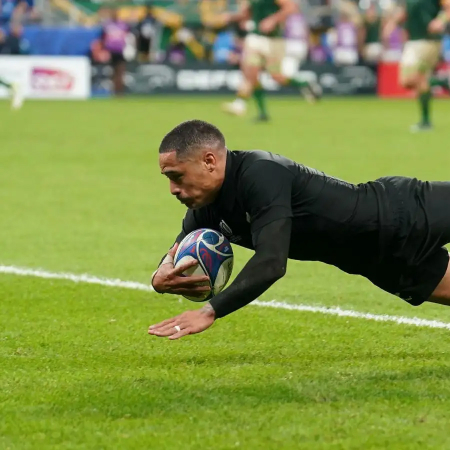The term coaching styles refers to the overall direction of each session - determine which coaching style on what you and your players want to achieve and how they wish to get there. It's key to understand the different type of coaching styles that we have below, so you can use different styles to what is best for you when coaching!
What are Coaching Styles?
Coaching styles can vary. Coaches may have a preferred style of coaching, which is normally based on your personality, but you need to be adaptable and to be able to use different styles according to the situation and the needs of the performers.
Three main styles have been identified:
- Autocratic' - 'Bossy' - 'Authoritarian'
- 'Democratic' - 'Guider' - 'Personable'
- 'Laissez-Faire' - 'Minder' - 'Casual'
'Autocratic' - this is where the coach makes all the decisions and the performers merely do what they are told. This coach will be a strong disciplinarian and likes to be in control. Implicit in this style is that the coach has all the information and the knowledge.
'Democratic' - this involves shared decision- making. This coach will guide performers towards selecting and achieving their goals. Implicit in this style is that the coach provides leadership in the form of positive guidance.
'Laissez-Faire' - this is where very the coach makes few decisions. There are little organised attempts to influence or teach. Implicit in this style is that the players take ownership and make the decisions.
All three styles have advantages and disadvantages. Coaches should be able to change styles and know they are doing so for a particular reason. For example - when there is a safety issue, the style must be 'autocratic', there is no time for negotiation!
When introducing a set play, such as a penalty corner, try the 'democratic' style, allowing the players considerable input and ideas, rather than dictating which routines to follow.
With a set unit of play, use the 'laissez-faire' style, allowing players to work out a pattern and to try this without interference or judgement by the coach.
Many coaches use an 'autocratic style' for all of the session, telling the players what to do. This is because they like to have control. Coaches need to delegate some of the 'control', empowering players to think, to input ideas and to make decisions.
It is also important for coaches to use different styles because players respond in different ways. Some players are motivated by one approach more than another. It is important to try to work with players and to keep their enthusiasm and motivation. There is a greater chance of this happening if the coach is flexible in their approach and can change styles within a session, appropriate to the situation and the needs of the players.








